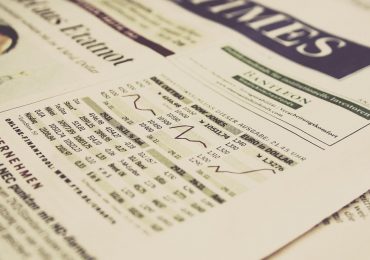Is it important to use the leading indicators index?
Leading and lagging indicators are two types of measurement used to measure the performance of a business or organization. For example, a leading indicator is the predicted measurement that the percentage of people wearing helmets on a construction site is the primary safety indicator. A lagging indicator is an output measurement, for example, the number of accidents at a construction site is a lagging safety indicator. The difference between them is that the leading indicator can affect the changes, and the lagging indicator can only record what happened.
Traders often focus on measuring results. What for? Because they are easy to measure and they are accurate. If the merchant wants to know how many sales have been made this month, he will just count them. If you want to know how many accidents occurred at the plant, you can view the log of these events. These are indicators of lag. They are a post-event measurement necessary to chart progress, but useless when trying to influence the future.
To affect the future, a different type of dimension is required, predicting rather than calculating the result. For example, if you want to increase sales, the predictive indicator can be an increase in the number of calls or marketing campaigns. If it is necessary to reduce the number of accidents at work, safety training must be mandatory provided for all employees or force them to wear protective helmets. Measuring these actions provides a set of leading indicators. They are operational and predictive measures.
Leading indicators are always more difficult to define than lagging indicators. They are predictive and therefore not a guarantee of success. This not only makes it difficult to decide which indicators to use, but also raises heated debates about their effectiveness. Leading indicators often require investment to implement an initiative before the lag indicator shows results.
Impact of the leading indicators index
What became clear over the years of research is that the combination of leading and lagging indicators leads to improved overall business performance. “Satisfied and motivated employees” are (well-tested) leading indicator of “customer satisfaction”. When developing a business performance management strategy, it is always recommended to use a combination of leading and lagging indicators. The reason for this is simple, a lag indicator without a leading indicator will not indicate how the result will be achieved, and will not warn in advance of tracking the achievement of the strategic goal.

Equally important, however, is that a leading indicator without a lag indicator can give false confidence that the user is engaged in many activities, but the consumer will not have confirmation that the business result is achieved. Just as a balanced scorecard requires a balance of organizational discipline measures, a harmony of leading and lagging indicators is necessary to ensure the right actions and results.
There is a causal relationship between the indicators of leading and lagging factors, which are important when choosing measures to achieve business goals. Traditionally, traders pay attention to lag indicators, but do not underestimate the importance of leading indicators.






